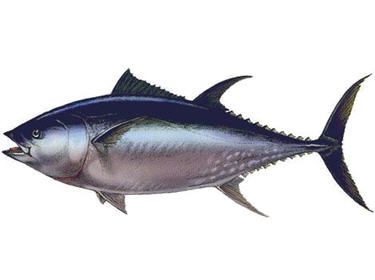-
 Flocculation
Flocculation
-
 Quantum dot
Quantum dot
-
 Stamping mill
Stamping mill
-
 Squark
Squark
-
 Steganography
Steganography
-
 Chromatophore
Chromatophore
-
 CO2 trap
CO2 trap
-
 Oceanic trench
Oceanic trench
-
 Key splitting
Key splitting
-
 Ecliptic plane
Ecliptic plane
-
 Quantum computer
Quantum computer
-
 Syndrome
Syndrome
-
 Falconry
Falconry
-
 Anode
Anode
-
 Aneuploidy
Aneuploidy
-
 Ventricular fibrillation
Ventricular fibrillation
-
 Homography
Homography
-
 Dots per inch
Dots per inch
-
 CPU
CPU
-
 Hem
Hem
-
 Keratinocyte
Keratinocyte
-
 Unweighted digital code
Unweighted digital code
-
 Septicaemic plague
Septicaemic plague
-
 Teleservice
Teleservice
-
 Cachexia
Cachexia
-
 Wingless
Wingless
-
 Eddy
Eddy
-
 Hydrometeor
Hydrometeor
-
 Gneiss
Gneiss
-
 Ingrowing toenail
Ingrowing toenail
Poikilotherm
Poikilothermic organisms have a variable internal temperature. Their temperature is not regulated as it is in homeothermic animals, whose temperature varies little. Poikilotherms are often called cold-blooded animals (but the term is incorrect- they are not so cold -and this term also excludes other organisms). In order to remain consistent with the term homeotherm, the term poikilotherm was replaced by the term heterotherm.
The difference between poikilotherms and homeotherms is not as clear as it seems to be. Some homeotherms (such as the hedgehog or young black swift) can let their body temperature drop, and some poikilotherms (such as tuna) can warm their body.
The difference between poikilotherms and endotherms should not be confused with the difference between endotherms and ectotherms. The heat source of an ectothermic organism comes exclusively or almost exclusively from the exterior. Its internal temperature is therefore the same temperature as the surrounding environment. An endothermic organism produces heat.
A poikilothermic animal can also be an endotherm. Even if its body temperature varies (because it is not regulated), it can, in fact, remain higher than the temperature of the surrounding environment. Fish are not far from being homeotherms when the water temperature varies little. Only birds and mammals are endothermic homeotherms, and are called " warm-blooded ".
In animals, behavioural strategies can compensate for the absence of internal regulation. Beehives and termite mounds are thermoregulated by bees and termites. A lizard understands how to take advantage of the sun's warmth or, conversely, the cool shade.
 The red tuna, a poikilothermic animal. Credits: DR.
The red tuna, a poikilothermic animal. Credits: DR.
Latest
Fill out my online form.



